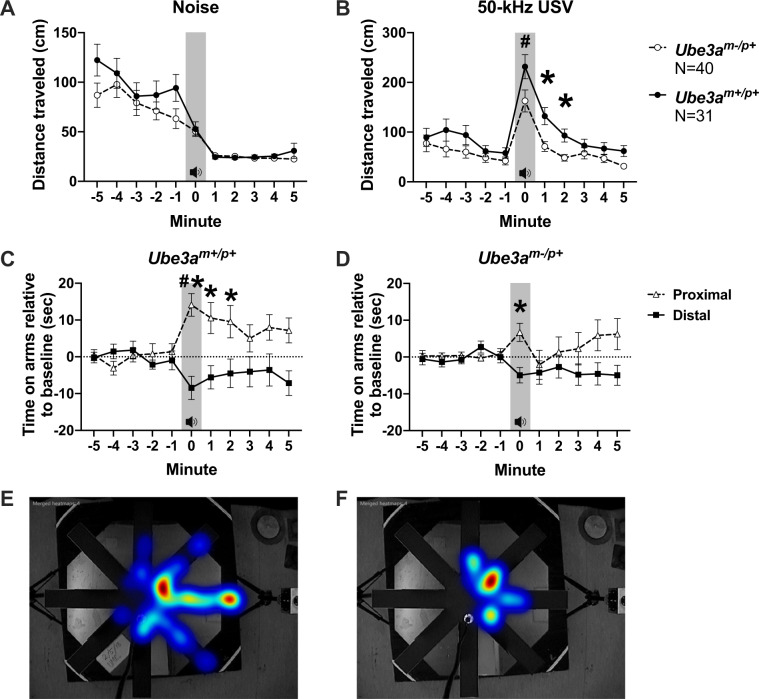Fig. 3. Atypical social communication in Ube3am−/p+ juveniles using 50-kHz pro-social ultrasonic vocalizations.
a Distance traveled in response to the white noise control stimulus (gray zone) did not differ between groups: both exhibited behavioral inhibition (i.e., a reduction in motion following the noise control). b Distance traveled increased in response to playback of 50-kHz USV (gray zone) in Ube3am−/p+ and Ube3am+/p+ rats. Interestingly, the duration of the response was shorter in Ube3am−/p+ compared to that of wildtypes. c In the radial maze used, time spent in the arms proximal to the active ultrasonic speaker versus time spent in the distal arms indicate social interest, preference and social engagement. Ube3am+/p+ rats spent significantly longer time on the arms proximal to the speaker emitting the 50-kHz USV upon playback and for several minutes afterwards showing a strong, sustained social response. d Ube3am−/p+ subjects failed to show a strong, sustained response to hearing the USV and only spent significantly more time on the proximal arms during the initial time period the audio cue was “on” (gray zone). e, f Representative heat maps of the distance and direction traveled in response to the 50-kHz USV. Analyses include both males and females. Mean +/− S.E.M. is depicted. *p < 0.05, repeated measures ANOVA, Bonferroni multiple comparisons test. #p < 0.05, paired t-test, min −1 versus min 0.

